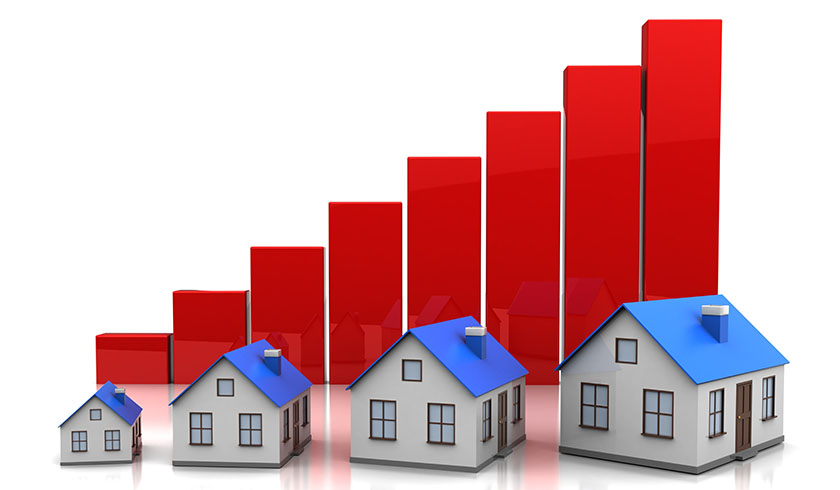Housing approvals accelerate for one record-breaking property type
Housing approvals have continued to cool over the month of May, with the exception of one property type, which is at a 15-year high.

Analysing ABS data, the Housing Industry Association (HIA)’s principal economist Tim Reardon said since the peak of new home approvals in late 2017, they have cooled ever since, with a decline of 3.2 per cent during May compared to the previous month.
To continue reading the rest of this article, please log in.
Create free account to get unlimited news articles and more!
“This modest reduction in approvals is consistent with other data showing that the housing market is cooling from a record high volume,” Mr Reardon said.
“Reasoning behind the slowdown stems from a slowdown of inward migration since July 2017, restrictions on investor finance by state and federal governments, as well as declining house prices,” he said.
“A slowing in Australia’s population growth since June 2017 coincides with changes to visa requirements announced early last year. Since then Australia has experienced almost a year of slowing population growth,” Mr Reardon continued.
“Finance has become increasingly difficult to access for home purchasers. Restrictions on lending to investors and rising borrowing costs have seen credit growth squeezed.
“Falling house prices in metropolitan areas have also contributed to banks tightening their lending conditions which have further constrained the availability of finance.”
The trend of slow building approvals is not expected to disappear at least throughout the rest of 2018 and is predicted to be at modest levels, Mr Reardon said, due to solid employment and economic growth.
Despite this negativity, detached house approvals are at their strongest over the last 15 years.
“The detached house building market remains resilient and the volume of house approvals during the three months to May was 3.1 per cent higher than a year ago,” Mr Reardon commented.
Looking at each state and territory, dwelling approvals rose the most in South Australia at 4.3 per cent, followed by the Northern Territory at 2.8 per cent and then the ACT at 1.5 per cent. Meanwhile, they declined while declining in Queensland the most at 4.2 per cent, followed by Victoria at 2.7 per cent, Tasmania at 2 per cent and WA at 0.8 of a percentage point, while in NSW, approvals remained flat.

